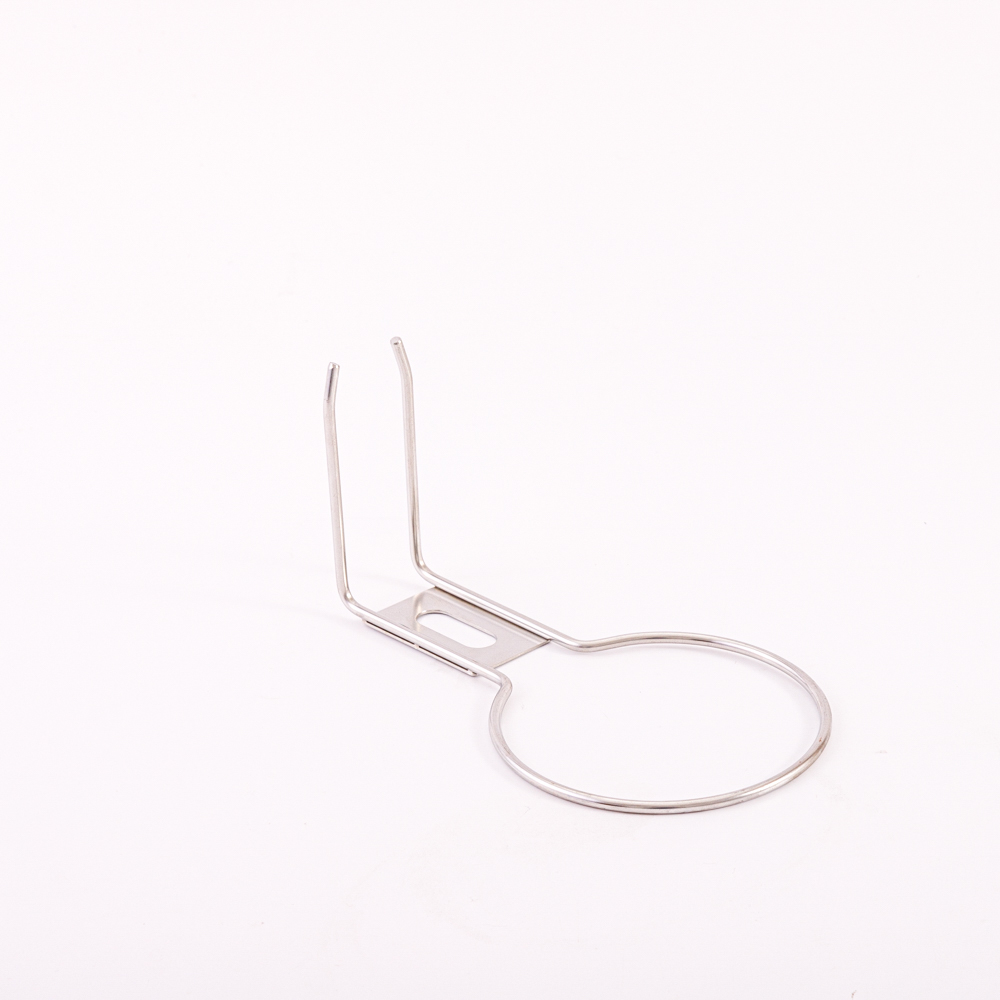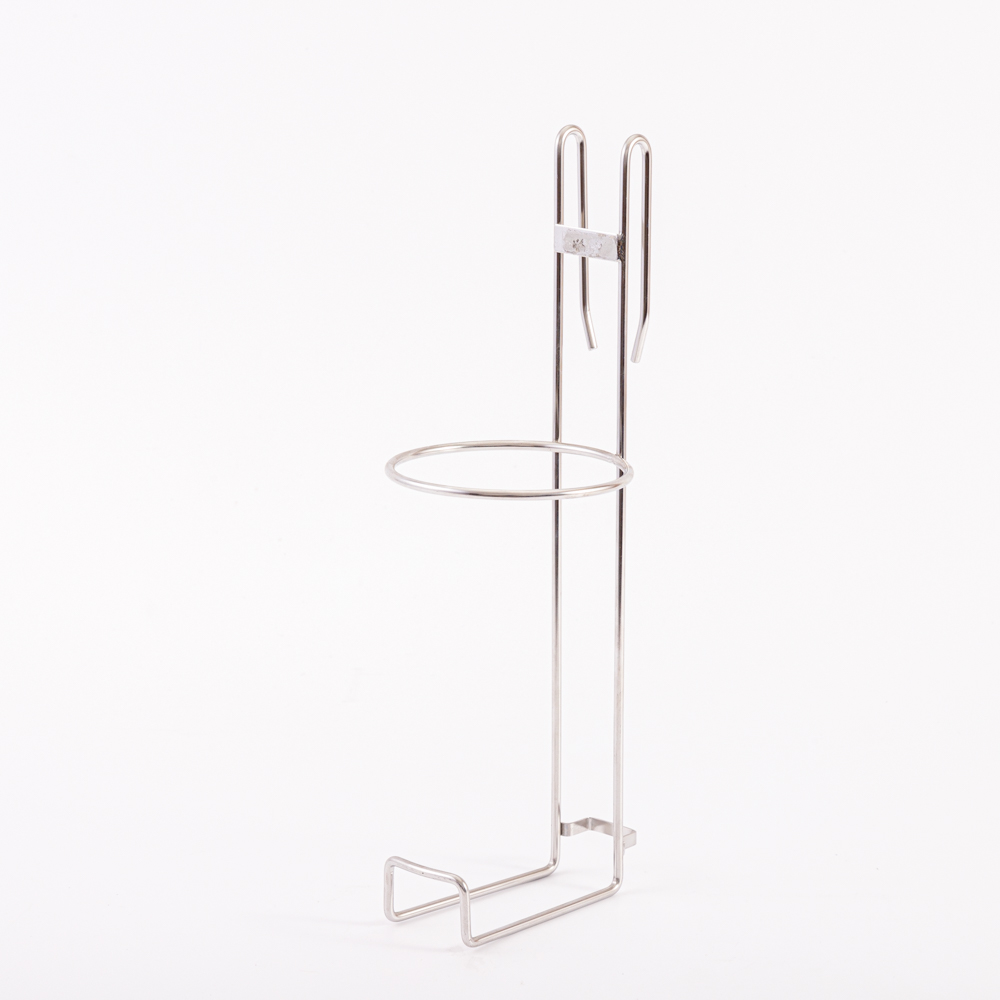American researchers report that they have taken the first step towards this goal by developing a porous material that can convert carbon dioxide into carbon monoxide and oxygen. The researchers pointed out that the new materials not only can clean our sky, but also may become a new starting point for the manufacture of fuels derived from renewable energy sources.
For decades, chemists have been trying to do something meaningful with carbon dioxide. However, carbon dioxide is a very stable and chemically non-reactive molecule. To separate it into carbon monoxide and oxygen, researchers had to add energy, usually electricity. But people have not done so now, because refining petroleum-made fuel is much cheaper. However, some catalysts (substances that can speed up chemical reactions) can make this process cheaper.
A promising catalyst is an annular organic molecule with a cobalt atom in the center, the so-called porphyrin. When porphyrins are added to an electrolyte in which some carbon dioxide is dissolved and two electrodes are installed, this greenhouse gas is decomposed into carbon monoxide and oxygen. However, this process can only occur if the porphyrin is dissolved in an organic solvent that has environmental problems. And there is another problem: porphyrins tend to clot over time, destroying their ability to transport electrons.
To address this issue, researchers led by chemists Omar Yaghi and Chris Chang of the University of California, Berkeley, found a solution that could combine porphyrins with a porous solid material called a covalent organic framework (COF). Together.
Yaghi and his team developed a variety of COFs to separate different gases as filters. But in order to take the first step towards making renewable energy, researchers want to see if their cobalt COF can separate carbon dioxide. Porphyrin seems to be a natural choice because it is not only good at transporting electrons to carbon dioxide, but it can also conduct electricity.
In theory, the porosity of the porphyrin COF enables carbon dioxide to penetrate and catalyze the reaction with the cobalt atoms in the center of the porphyrin.
After synthesizing the new COF, Yaghi, Chang, and their colleagues placed a layer of electrodes on top of this porous material. Since their catalysts are already in contact with the electrodes, the organic solvent required for the molecular porphyrin catalyst is no longer needed, instead being replaced by a simple aqueous electrolyte. When the researchers turned on the electrical current, they discovered that porphyrin COF not only was able to decompose carbon dioxide into carbon monoxide and oxygen, but also did better than the molecular version.
The researchers then added some copper to the porphyrin COF, which increased the likelihood of the carbon dioxide molecules actually coming into contact with the cobalt atoms and being decomposed.
The Berkeley research team recently reported in an online edition of the journal Science that the bimetal COF is capable of separating carbon dioxide molecules 60 times as much as free-moving cobalt porphyrin molecules. COF has also proved to be highly efficient - it can use 90% of electrons to decompose carbon dioxide molecules into carbon monoxide. Moreover, this catalyst is very active and can decompose about 240,000 carbon dioxide molecules per hour, which is 25 times that of cobalt-only COF. All of this makes this new material the best CO2 separation catalyst to date.
Paul Kenis, a chemist at the University of Illinois at Urbana-Champaign, said: “This is really a very good job.†He emphasized that many research teams are trying to use porous electrode materials to improve their carbon dioxide-carbon dioxide conversion strategy.
Kenis and Yaghi said that in the end, these decomposed carbon monoxide can be combined with hydrogen to generate hydrocarbon fuels from renewable sources such as wind and solar energy. This practice is not economically viable now because of the lower cost of refined petroleum. However, if a country only wants to use renewable energy to produce fuel and does not want to emit carbon dioxide from burning fossil fuels into the air, then such new materials will come in handy.
Stainless steel metal rack has the wide applications in some industries. Generally can be used in home kitchens, hospitals, factories, shops, supermarkets and so on ,we can see it everywhere in our life. We have adopted 304 food grade stainless steel to make sure durable and never rust.

We can also some other related woven wire mesh products to meet customer requirements. Such as wire mesh filter disc ,Wire Mesh Filter Tube, Wire Mesh Basket, Bbq Grill Wire Mesh etc.
To compare with wire mesh basket ,the production of stainless steel metal rack is much easier ,normally it produced by bending and welding .

stainless steel wire mesh basket ,metal mesh basket ,customized woven mesh basket
Suzhou Haoxiang Screen Stencil Products Co.,Ltd , https://www.shaiwanghaoxiang.com